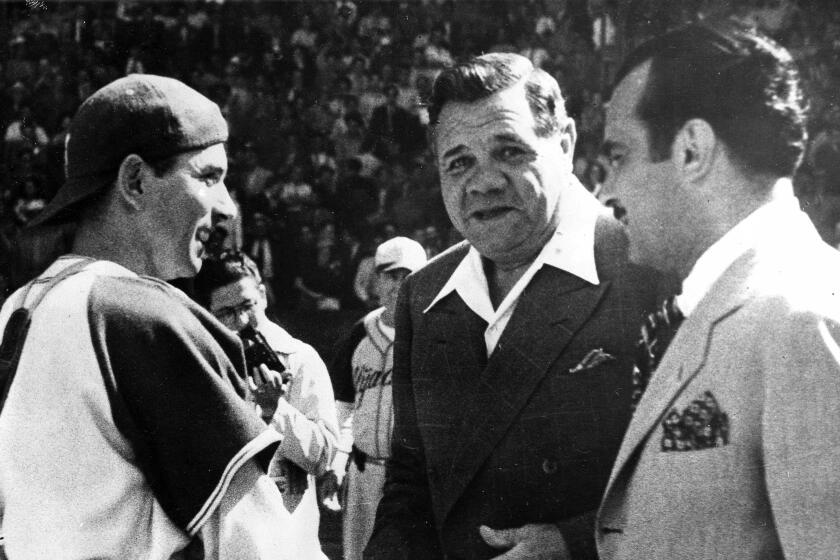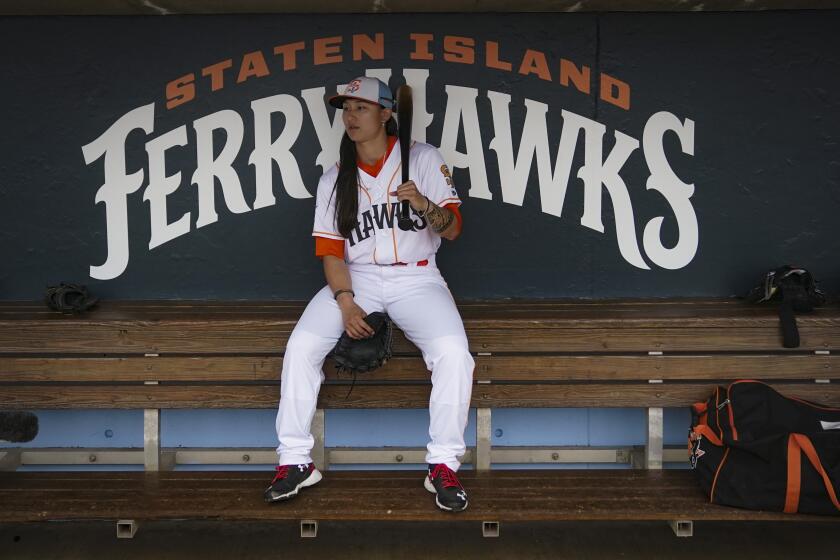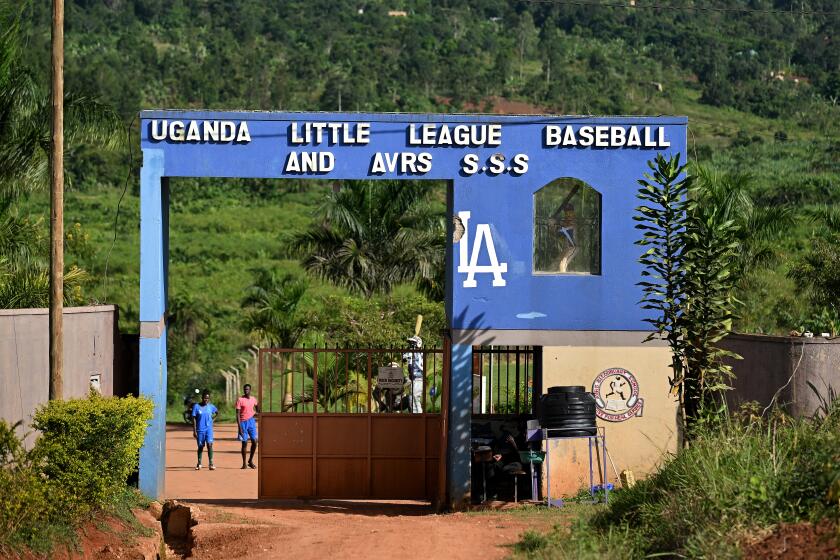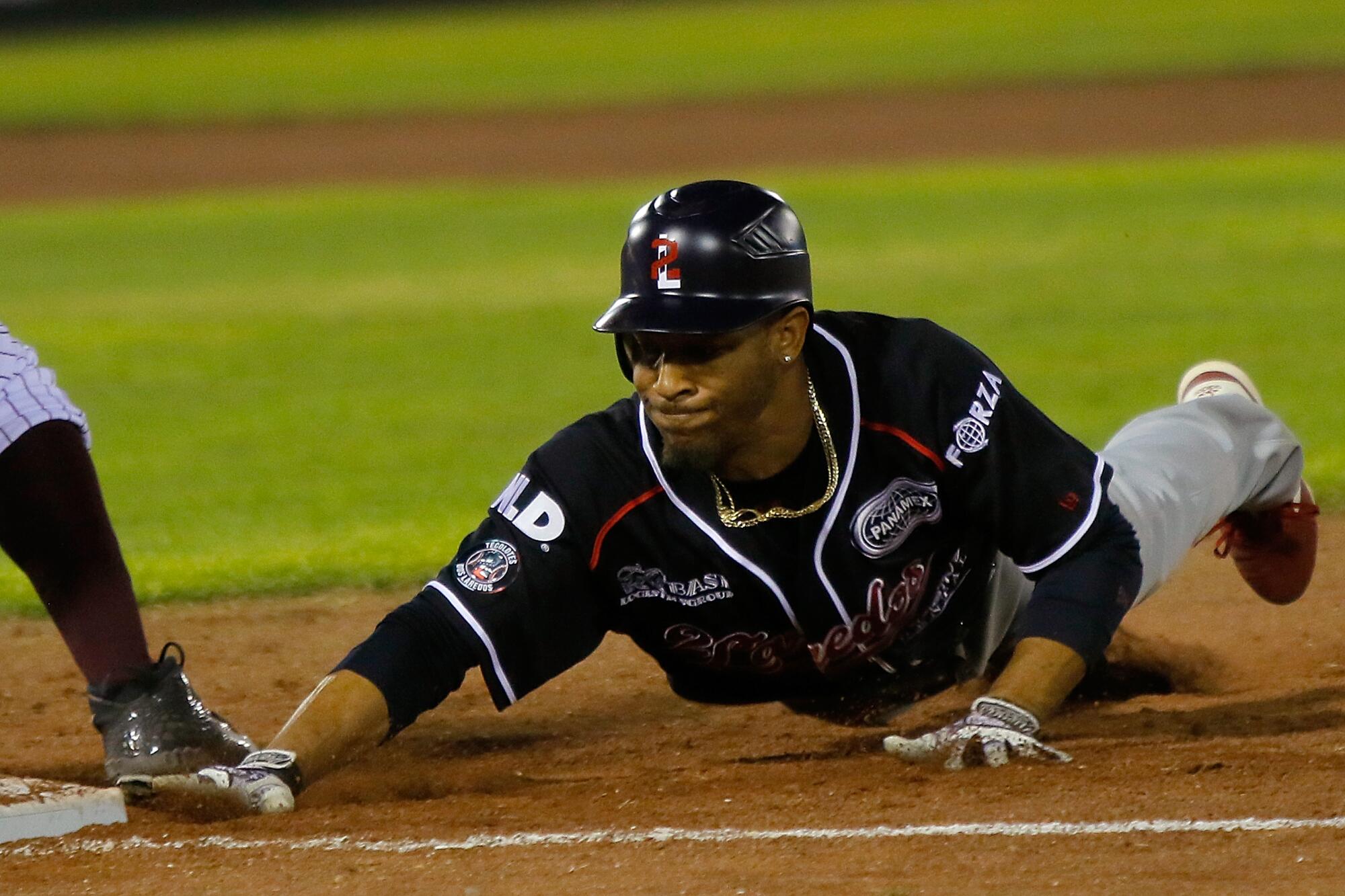
- Share via
LAREDO, Texas — When the Mexican-American War ended in 1848 and land on the northern side of the Rio Grande River became part of the U.S., the people of Laredo celebrated their place in a democracy by holding a referendum.
They voted overwhelmingly to remain part of Mexico.
The U.S. government dismissed the results, so a few hundred people picked up their stuff and moved to the other side of the river, establishing the town of Nuevo Laredo, Mexico. And despite being separated by a border, the cities have been united as a community ever since.
“A river divides us, but we’re the same people basically,” Laredo Mayor Victor Treviño said. “Family, culture, everything. We have a lot of ties.”
In the 1940s, millionaire Jorge Pasquel integrated Mexican baseball teams. Now there’s a push to enshrine him in the Baseball Hall of Fame.
Children who live on the Mexican side go to school on the U.S. side. Workers who live in the north have jobs in the south. And more international trade passes through Laredo — $24.6 billion in February alone — than any other U.S. port of entry.
So it makes sense the two cities should share a baseball team.
In fact, during most of the past four decades, the Tecolotes de los Dos Laredos, who play in the Mexican summer league, have split their home games between Texas and Tamaulipas, making it the only fully binational professional baseball team in the world. But that history was threatened last fall when the Laredo City Council declined to renew the Tecos’ contract at Uni-Trade Stadium, the team’s home in the U.S., citing the need for $8.6 million worth of renovations to the city-owned ballpark.
Enter Treviño, a supporter of baseball in Laredo, who easily won a runoff for mayor a week before Christmas. A month later he presided over a City Council meeting packed with fans, including children dressed in Tecos’ uniforms, who demanded the council do something. So in February, the team and city reached agreement on a contract for 2023, clearing the way for the Tecos to play 22 home games in the U.S. this season, one fewer than it will play in Mexico.
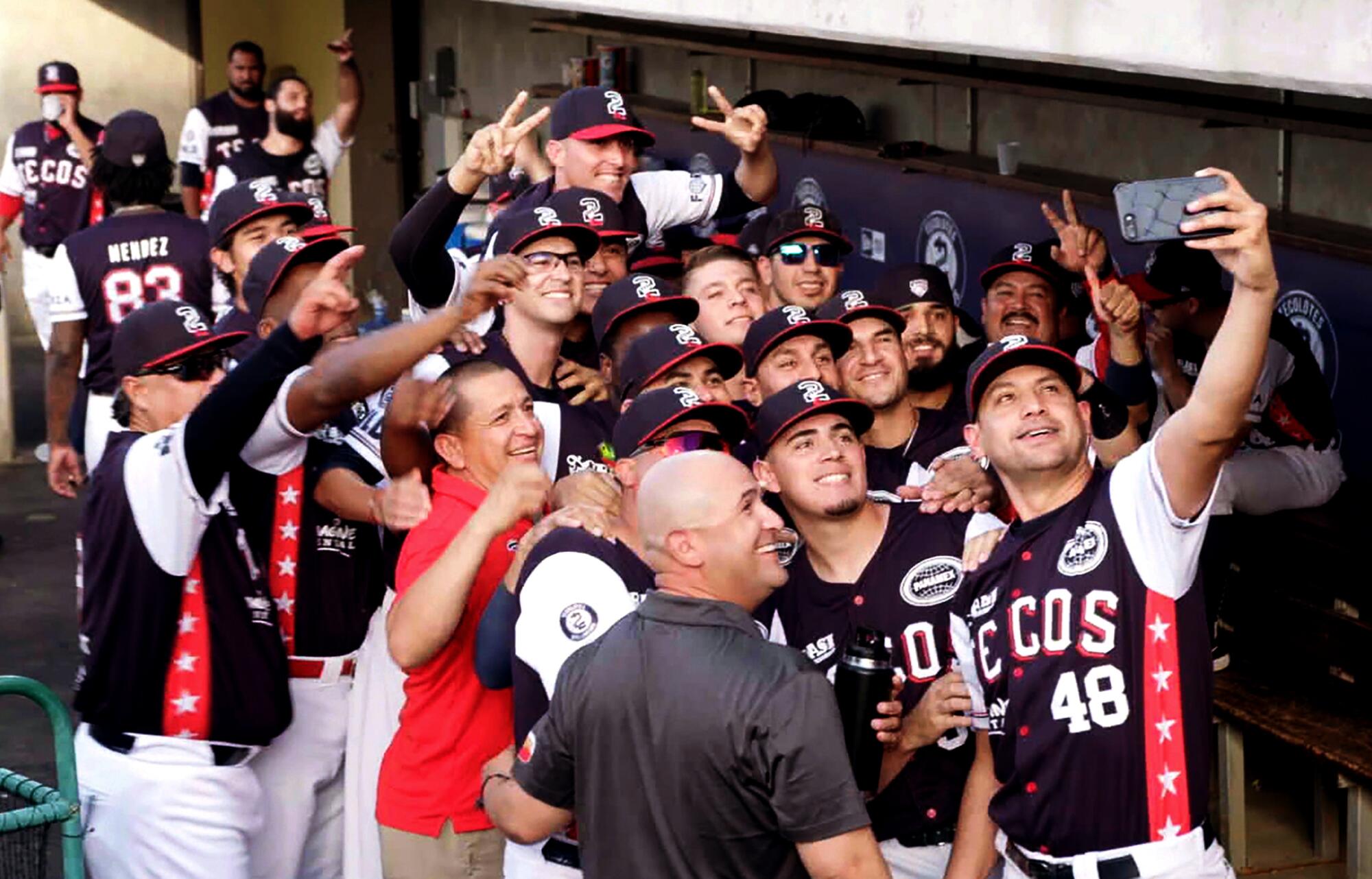
“At the end of the day, the idea was it’s not about money. It’s about what the team signifies to us as a culture. And people wanted that,” said Treviño, 75, a physician and newcomer to elected office. “They represent our people. This is the brand of Laredo.
“The important thing is that we need to keep it and it doesn’t matter if the contract is to the benefit of one side or the other side. It’s about the overall outcome.”
The team and its supporters are focused on finding solutions any time they encounter conflict.
“When they wanted to build the wall, we were the best example that we are here to unite, not to divide,” Armando Lozano, general manager of the team’s operations in Mexico, said in Spanish. “Instead of creating divisions, what we do is unite the community.
“We are divided by a river, nothing more.”
Timothy Tubbs agrees. He recently retired after 27 years in federal law enforcement, the last six as the deputy special agent in charge of Homeland Security investigations in Laredo. Tubbs has seen the good and (mostly) bad at the border. The Tecos’ influence, he insists, has been good.
More women are playing baseball at higher levels than ever before, but they still face challenges earning Major League Baseball roster spots.
“Absolutely,” said Tubbs, who moved to Laredo two years before the team did. “When I was still in my official position, I wrote letters to the city explaining exactly what it meant to the morale of my employees and the retention of my employees and for the city and how it improved the security between the two cities.”
He said crime declined noticeably after the team arrived.
“When kids don’t have things to do, they usually get into mischief. [Baseball] gives something for the young kids in the city to look forward to,” he said. “They look to these players as role models.”
That’s been true on the Mexican side as well. Although the violent Northeast Cartel, an offshoot of the Zetas, are active in the city, “they love the team,” Tubbs said. “They want the Tecos to be here. They want to keep peace at the stadium.”
On a recent spring night Treviño, wearing a blue and red Tecos cap and a white dress shirt with his name and title stitched in blue over the right breast, sat with his wife, Rosa, in seats about 10 rows above the first-base dugout.
“I don’t like the suites,” he said. “There’s nobody there.”
Uni-Trade Stadium, a 6,000-seat ballpark adjacent to Laredo’s tiny airport, has the look and feel of many modern minor league ballparks, with wide aisles, a spacious concourse and a sprawling playground hidden in foul territory. The U.S. and Mexican flags, two of the six that have flown over Texas, rustled in the warm, humid night air beyond the left-field wall as the anthems of both countries were played.
Close your eyes, though, and the game could be in Mexico. Cumbia music blasts from the loudspeakers. Public-address announcements and player introductions are conducted in Spanish, as are most of the conversations in the grandstands.
Like many in Laredo, Treviño has long straddled the border, attending high school and junior college in Laredo but going to medical school in Mexico at a time when a passport wasn’t needed to go from one place to the other. As the health authority for Laredo during the COVID-19 pandemic, he created a program that vaccinated more than 300,000 people, not only in Laredo but in the Mexican states of Tamaulipas and Nuevo Leon as well, stalling a wave of infections.

“The message is that it’s not the same as living in upstate New York or somewhere. Given an opinion of what the border is, you have to live and work here to have the correct perception,” said Treviño, who traces his family ties to Tomás Sánchez, the Spanish army captain who founded Laredo in 1755. “Everything we do is based on the region. Not only immunization, but sports and commerce and security. That, I think, makes us more powerful and stronger and stable.
“Laredo is not like any city in Texas. We’re unique.”
So is the baseball team, which is third in the North Division standings a little more than halfway through the 90-game season.
The region has a long history of cross-border baseball, dating to the 1930s when businessmen on the Mexican side decided to form a company team by recruiting talent from both sides of the Rio Grande. The team joined Jorge Pasquel’s fledgling professional league in 1940 and four years later were christened the Tecolotes, or Owls, because it was the first team to play night games in Mexico.
“When they wanted to build the wall, we were the best example that we are here to unite, not to divide. Instead of creating divisions, what we do is unite the community. We are divided by a river, nothing more.”
— Tecolotes general manager Armando Lozano
The Tecos won three league titles between 1953-58 before poor attendance forced the team to relocate for the 1960 season. Twenty-six years later Tomás Herrera, a former Tecos pitcher who went on to become a successful manager, brought baseball back to the border, although attendance continued to lag. So Cuauhtémoc “Chito” Rodríguez, the team’s vice-president, came up with a solution.
“The newspapers, the media, [in the U.S.] gave us more publicity than we got in Mexico,” he said in Spanish. “So I said, ‘Why don’t we play there’?”
Laredo didn’t have a stadium acceptable to the Mexican League so the team approached the City Council and convinced it to upgrade an aging 5,000-seat facility adjacent to Laredo’s oldest high school, and in 1985 the Tecos played their first regular-season game in the U.S.
“That’s how it started,” said Rodríguez, whose pioneering work got him inducted into the Mexican Baseball Hall of Fame, alongside Dodger legend Fernando Valenzuela, in 2019. “When we did that, we didn’t know if it would work. But it made an impact. Even the immigration agents knew what it meant to have the team from Nuevo Laredo playing here. I think they even broke the law at certain times to allow players to cross.”
‘Fernandomania @ 40’ is a multi-episode documentary series that examines star pitcher Fernando Valenzuela’s impact on the Dodgers, Major League Baseball and the Latino community in Los Angeles 40 years ago.
The team split its schedule between the U.S. and Mexico for 17 of the next 18 seasons before cultural and nationalistic differences between players and officials, which had long percolated just below the surface, bubbled to the top. The team had just one winning season between 1996-2003, lost its fan base again, then moved to Tijuana, where it played all its games on the southern side of the border.
Baseball wouldn’t return to the two Laredos until 2018, when José Antonio Mansur, owner of the Veracruz Eagles, moved the team to Nuevo Laredo and announced plans to play half the team’s games in the U.S. Mansur had the team’s logo redesigned as well; it now features the number 2 wrapped around an “L”, with elements from both countries’ flags. The team’s Spanish-language slogan, ubiquitous around the ballpark, reads “Dos Naciones, Un Equipo” — “Two Nations, One Team.”
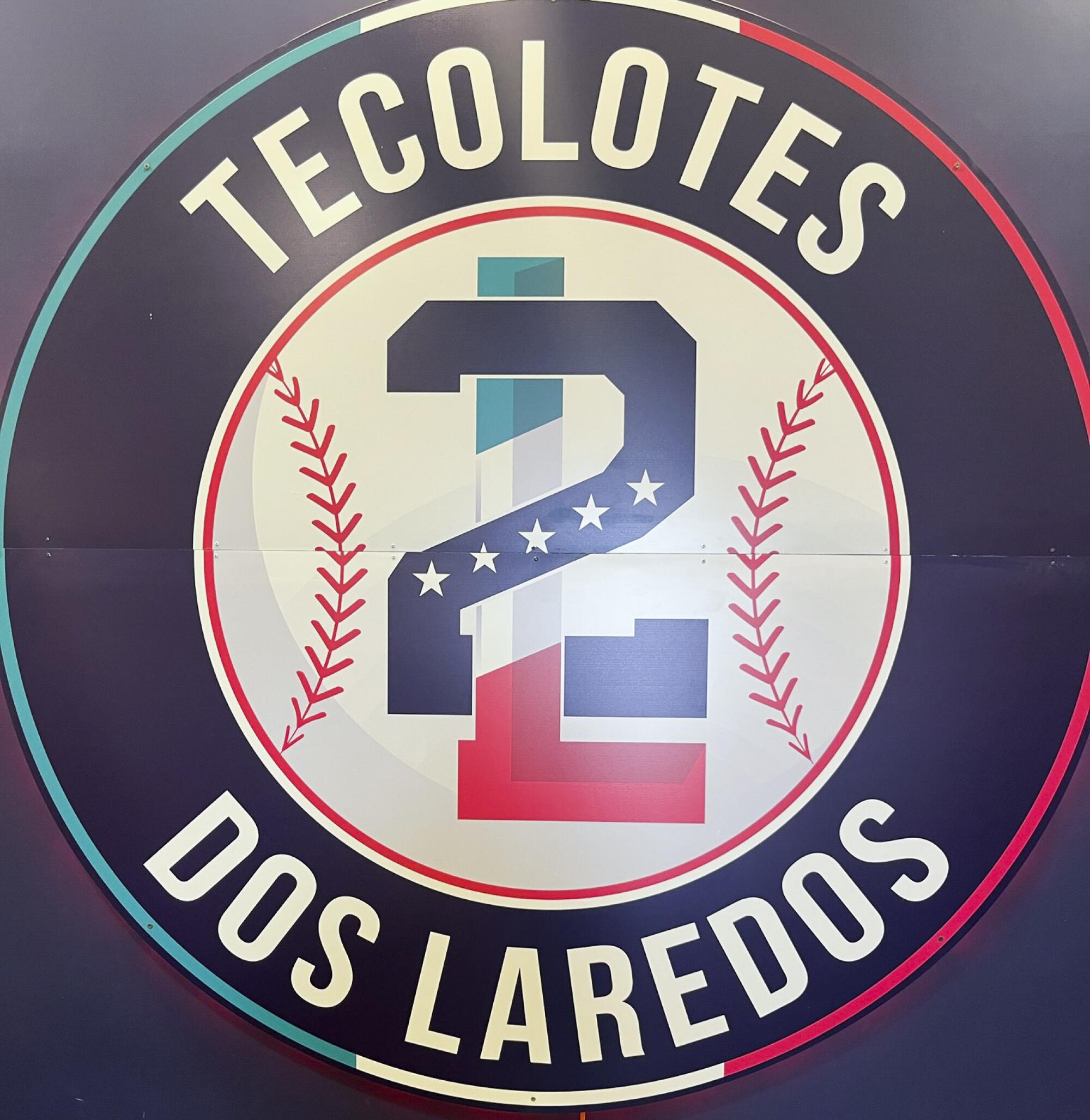
The team has different offices, sponsors, concessionaires and staff on each side of the border, requiring not only a larger payroll than other Mexican League teams, but also a dizzying amount of coordination and cooperation to keep things humming.
“You read about Laredo in the press and it’s usually immigration issues, drug issues, just bad. Baseball puts it right back in a good light,” said Rodríguez’s son Cuitlahuac, who followed in his father’s footsteps to become general manager of the Tecos’ operation in Laredo.
“It probably works here because both sides are one big family. There’s no real distinction between the two sides. It’s just today we’re playing in the stadium over here. And tomorrow we’ll play in the stadium over there.”
If not for the yellow line painted in the center of the pedestrian bridge separating the U.S. from Mexico, it would be hard to tell where Laredo ends and Nuevo Laredo begins. Laredo’s population of 256,000 is more than 95% Hispanic, the highest proportion of any U.S. city outside Puerto Rico, and Spanish is by far the dominant language spoken there.
“It does exist. I feel it just because we have to cross it,” outfielder Luis Flores, who grew up 150 miles away in Corpus Christi, said of the border. “But everyone’s connected. To both sides. So it does feel like it’s one big city.”
On the Mexican side, small, narrow streets and crowded storefronts give way to wide boulevards flanked by strip malls and auto repair shops. A few miles to the north, the streets of Laredo’s historic city center are named for both U.S. presidents and Mexican revolutionaries, store signage is primarily in Spanish and Santa Ursula Avenue, the multilane thoroughfare that ends at the border, is lined by dozens of drive-through currency exchanges and ramshackle storefronts offering cheap Mexican insurance.
Another sign the border is near? White-and-green Border Patrol vehicles are far more prevalent than Teslas.
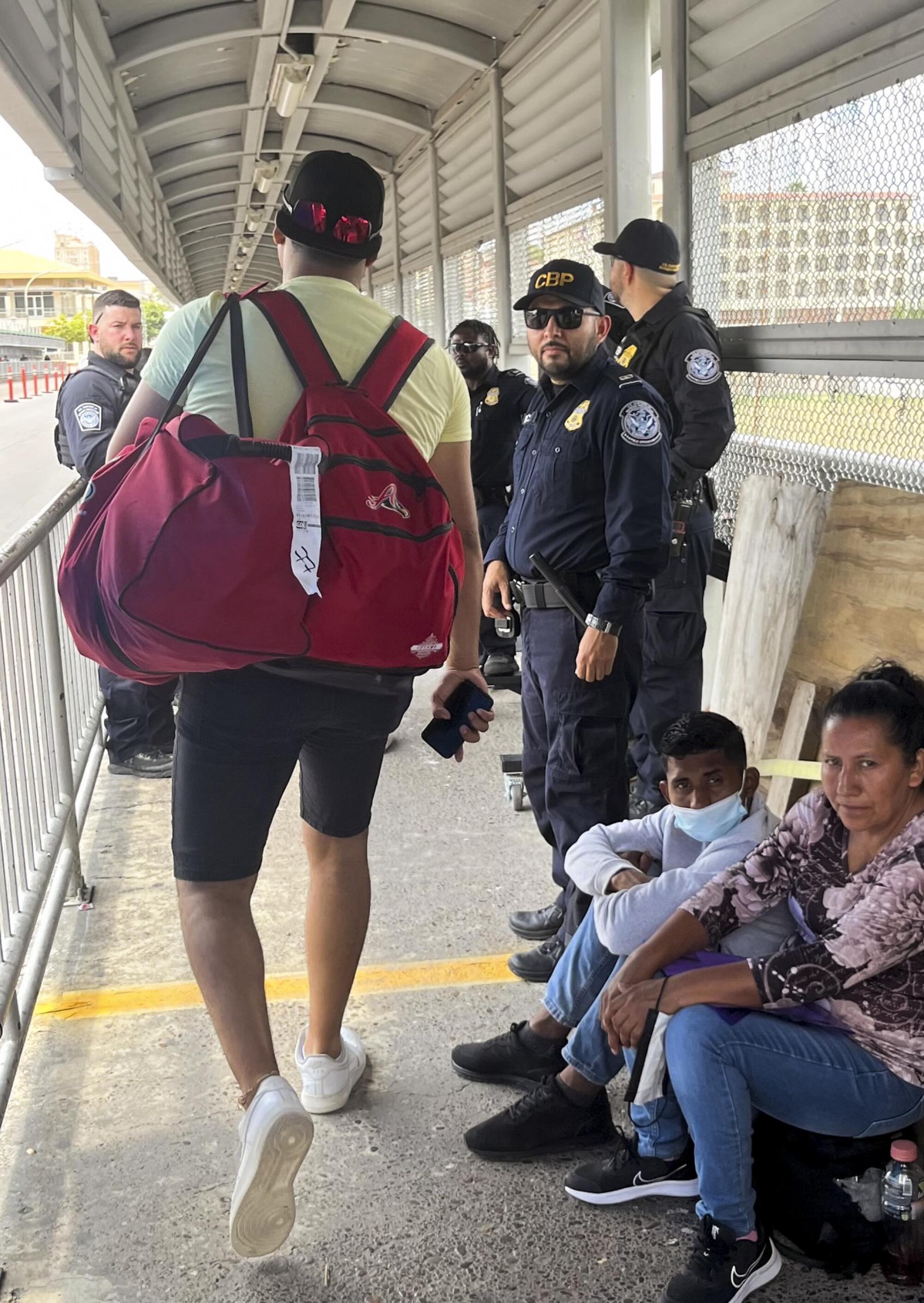
About half the players and coaches live on the U.S. side of the river, walking across the border for games in Nuevo Laredo and riding a team van to and from the ballpark. Those who live on the Mexican side make the same trip, in the opposite direction, for games at Uni-Trade Stadium.
“This is my favorite perk of being on this team, to be honest,” said pitcher Brandon Brennan, one of 14 U.S.-born players on the Tecos’ roster, most of any Mexican League team. “It allows me to be in the U.S. when we’re back at home instead of being stuck down in Mexico for six months. My family still come see me without having to travel into Mexico.”
Former Angels reliever Ian Krol, who has pitched in 23 cities and four countries during a 14-year career, agreed.
“The perk is you get to live at home,” said Krol, whose family lives in Chicago. “If I ever needed to go home to my wife, I just hop on a plane from Laredo. Everybody speaks English. American dollars. The crossing-the-border thing is not very hard at all.”
It can be a bit more complicated for visiting teams. When Veracruz came to Nuevo Laredo for three games in late May, two of which were played in Laredo, the players stayed at a budget hotel in Mexico and rode a bus, led by a police escort, to the border five miles away. There they filed off the bus and carried their gear across the pedestrian bridge and through an immigration checkpoint before boarding another bus headed for the ballpark.
The Dodgers are running a baseball academy in central Uganda that few people outside the country know about, and it’s starting to turn out pro players.
The process took about two hours and not everyone made it. Players who did not have the necessary paperwork to enter the U.S. remained in Mexico, as did coach Esteban Loaiza, a former Dodgers pitcher who was deported to Mexico in 2021 after pleading guilty to felony drug charges.
The border is probably one reason why the Tecos have the second-best home record in their nine-team division.
“It’s difficult, crossing from one country to another. It takes time. There’s a lot of stress,” Veracruz general manager Leo Rodríguez said in Spanish.
And while Rodríguez conceded that was unfair, he said it’s not an excuse.
“It’s something that you have to resolve,” he said. “Difficulties in sports, just as in life, are something you have to overcome. A professional baseball player, when he’s focused on his job, it shouldn’t matter what’s going on around him.”
Mexico’s summer league, which plays from late April to early August, is made up of 18 teams stretching from Cancún in the south to Tijuana in the north, has gone through several iterations since its founding in 1925. In the 1940s Pasquel, the league’s flamboyant president, lured big-league all-stars Max Lanier, Mickey Owen and Rogers Hornsby south to play alongside former Negro League standouts such as Ray Dandridge, Superman Pennington, Theolic Smith and Martín Dihigo, integrating the game years before Jackie Robinson made his debut for the Dodgers.
A decade later the Mexican League joined the National Assn. of Professional Baseball Leagues — the minor leagues — and in 1967 it was classified as triple A, one rung below the majors. It lost that classification two years ago, becoming an independent league as part of minor league baseball’s reorganization, but the level of play remains high, having attracted former big leaguers such as Yasiel Puig, Josh Reddick, Erick Aybar, Bartolo Colón and Pablo Sandoval in recent seasons.

“The hitters here are pretty good,” said Brennan, who pitched in 50 games for the Seattle Mariners and Boston Red Sox before coming to Mexico last season, helping the Tecos to the playoff quarterfinals. “The game still is a little bit different in certain ways, but it’s not a diminished quality of baseball.”
In Nuevo Laredo, the Tecos play in Parque la Junta, an aging 5,000-seat poured-concrete stadium that had a recent facelift with the installation of artificial turf. The team averaged 4,158 fans a game split between the two cities last year, about 300 below the league average. And though Nuevo Laredo’s population is nearly twice as large as Laredo’s, attendance is only slightly higher at La Junta, partially because the stadium has 1,000 fewer seats and partly because there is less disposable income on the Mexican side.
“The fact that the team is playing on both sides seems perfect to me,” Tecos catcher Cesar Tapia said in Spanish. “In Nuevo Laredo, people feel very much the team is theirs, it is a family. In Laredo, it is a little more relaxed, the people are little more loose. That’s why the support is different.”
But what the Mexican crowd lacks in size, it more than makes up in enthusiasm, chanting and swinging wooden noisemakers.
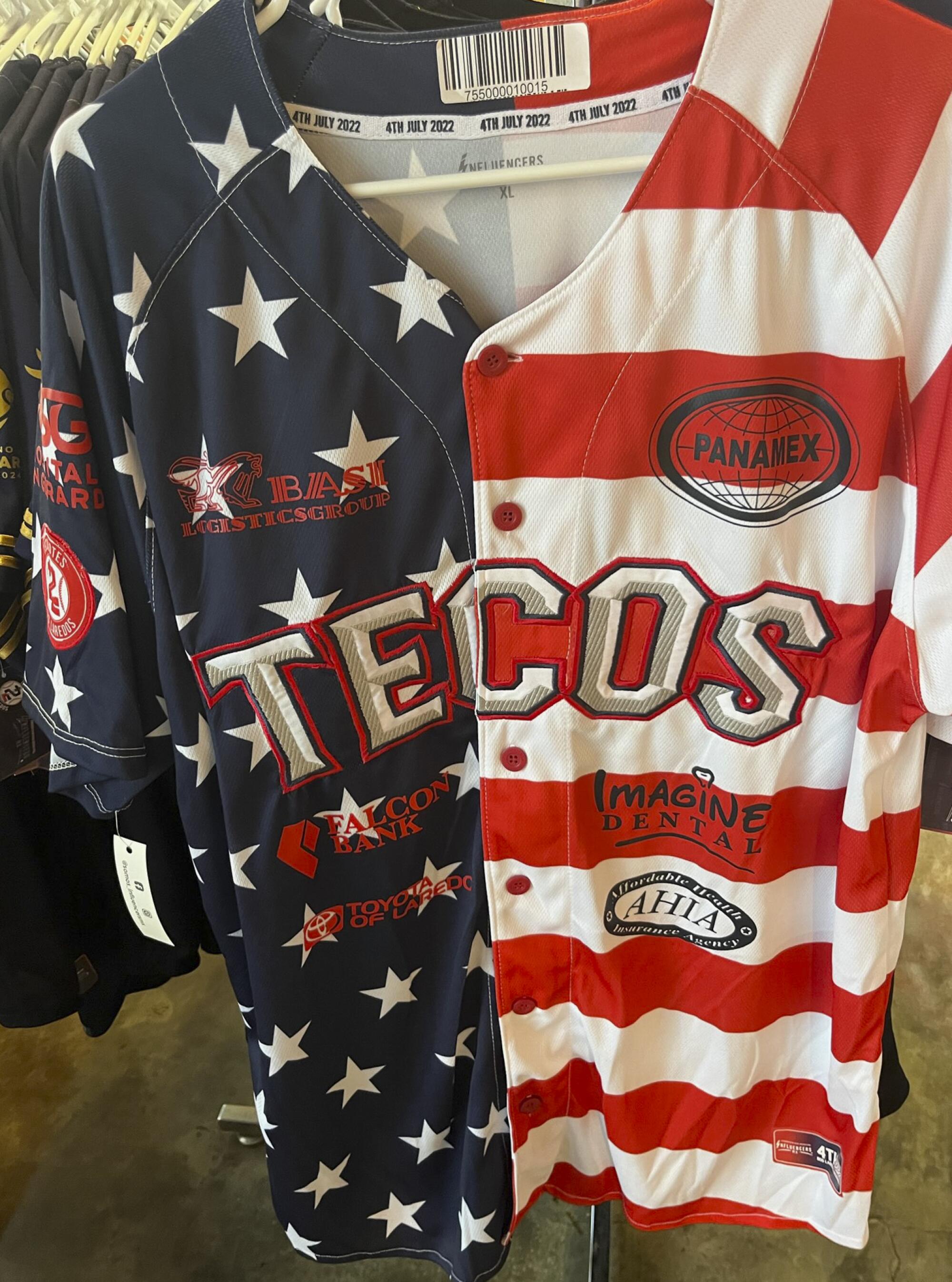
“The atmosphere is very Latino, very festive,” said Lozano, the general manager. “The people are passionate about their team.”
If Tubbs was still working for Homeland Security, which is responsible for immigration and border enforcement, he said he’d invite those who have journeyed to other parts of the Rio Grande to further a political agenda to come to a Tecos game and see how things are supposed to work.
“It would be great to have politicians and lawmakers, as well as the press, come to Laredo,” he said.
“The border is not a barrier here at all. It just happens to be here. But it has no effect between the two cities. This allows people to look at the border in a different way.”
Just as they did in 1848.
More to Read
Go beyond the scoreboard
Get the latest on L.A.'s teams in the daily Sports Report newsletter.
You may occasionally receive promotional content from the Los Angeles Times.

